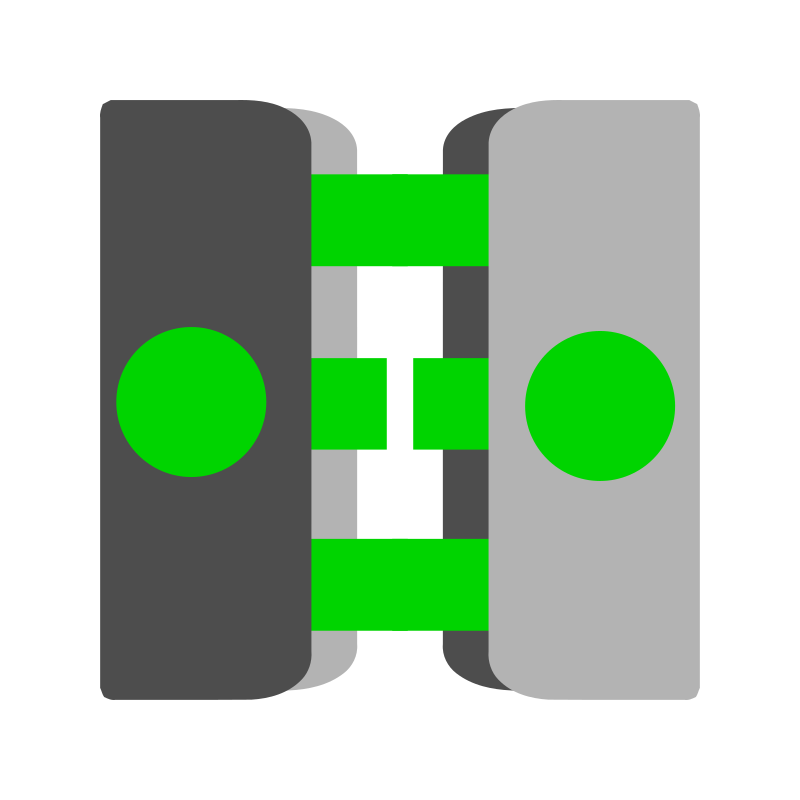Understanding Cylinders in Geometry
Cylinders are fundamental three-dimensional geometric shapes, characterized by two parallel and congruent circular bases connected by a curved surface. They are commonly encountered in everyday objects and are crucial in various fields from engineering to architecture.
A cylinder is a three-dimensional solid that has two parallel and congruent circular bases connected by a single curved surface.
The axis of a cylinder is the line segment connecting the centers of the two bases. If the axis is perpendicular to the bases, it's called a right circular cylinder; otherwise, it's an oblique cylinder.
For a right circular cylinder:
- Bases: Two congruent circular faces.
- Radius (\(r\)): The radius of each circular base.
- Height (\(h\)): The perpendicular distance between the two bases.
- Lateral Surface: The curved surface connecting the two bases.
For a right circular cylinder with radius \(r\) and height \(h\):
- Volume (\(V\)): The amount of space it occupies. \(V = \pi r^2 h\). (This is the area of the base times the height).
- Lateral Surface Area (\(LSA\)): The area of the curved surface. \(LSA = 2\pi rh\). (This is the circumference of the base times the height).
- Total Surface Area (\(TSA\)): The sum of the areas of the two bases and the lateral surface area. \(TSA = 2\pi r^2 + 2\pi rh = 2\pi r (r + h)\).
A right circular cylinder can be thought of as the solid formed by rotating a rectangle about one of its sides (the side that forms the height).
Cylinders are widely present and utilized in:
- Engineering: Design of pipes, tubes, tanks, engines (pistons).
- Architecture: Columns, pillars, and certain structural elements.
- Packaging: Cans, bottles, and various containers.
- Manufacturing: Roller systems, printing presses.
- Everyday Objects: Batteries, candles, and many kitchen utensils.
